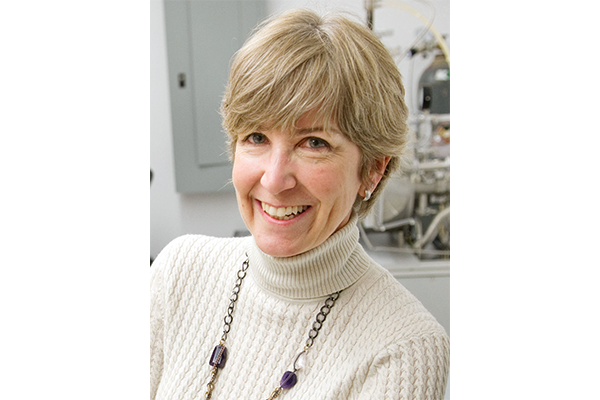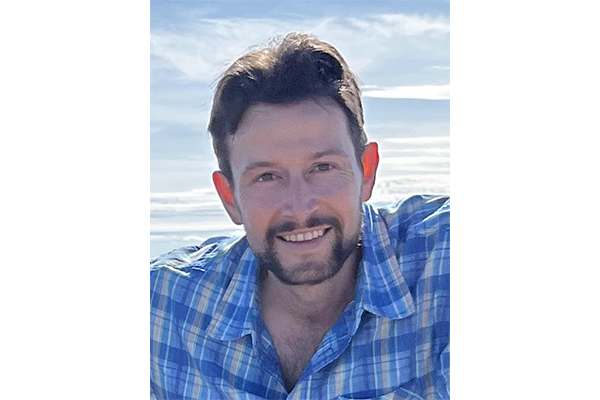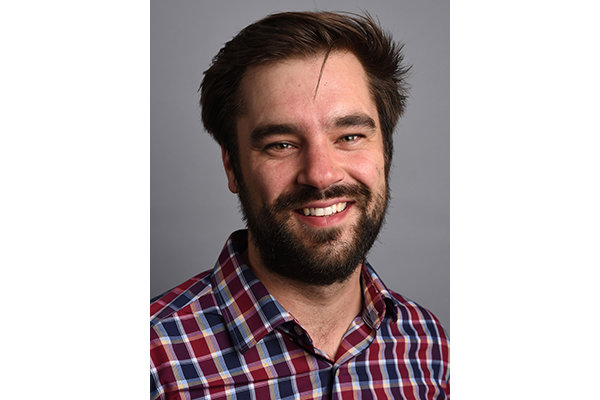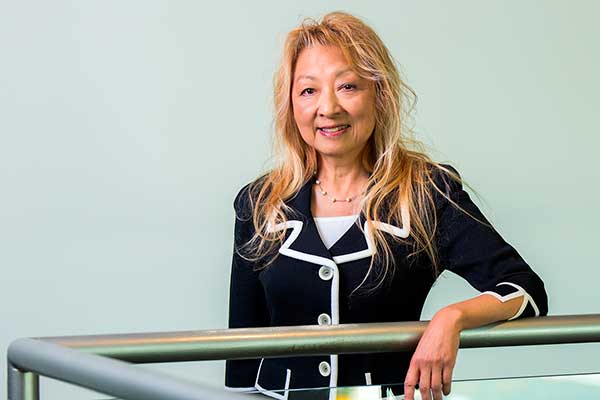In the Media

Nov 25, 2025
An Auto Holy Grail: Motors That Don’t Rely on Chinese Rare Earths
Distinguished University and Cabot Professor Laura Lewis, ChE/MIE, was featured in the New York Times article “An Auto Holy Grail: Motors That Don’t Rely on Chinese Rare Earths.”

Nov 14, 2025
Built to Last: Rethinking Electronics for a Circular Future
ECE Professor Ravinder Dahiya was featured in the IEEE Technology for a Sustainable Climate article “Built to Last: Rethinking Electronics for a Circular Future.”

Oct 24, 2025
Methane-based straws have lower environmental impact than paper, study finds
ChE Assistant Professor Bryan James was featured in the Packaging Insights article “Methane-based straws have lower environmental impact than paper, study finds.”

Oct 24, 2025
When Variant Proteins Aren’t Actually the Variant Ones
The bioRxiv preprint of BioE Professor Nikolai Slavov’s research group on “Alternate RNA decoding results in stable and abundant proteins in mammals” was featured in the Science article “When Variant Proteins Aren’t Actually the Variant Ones.”
Oct 22, 2025
Hot Drought of Summer 2023 in Southwestern North America
Roux Institute Postdoctoral Research Fellow Somnath Mondal’s research on “Hot Drought of Summer 2023 in Southwestern North America,” which was published in Geophysical Research Letters, was featured on American Geophysical Union (AGU) and Phys.org.

Oct 08, 2025
Panama Canal May Face Frequent Extreme Water Lows in Coming Decades
MES/CEE Associate Professor Samuel Muñoz was featured in the EurekAlert article “Panama Canal may face frequent extreme water lows in coming decades” for leading the study that used a computational […]

Oct 01, 2025
Commonwealth Fund Report Finds NY and Vermont Well Positioned To Weather Climate Challenges
CEE Associate Professor Matthew Eckelman was featured in the WAMC article “Commonwealth Fund report finds NY and Vermont well positioned to weather climate challenges.”

Sep 30, 2025
AI Chips Are Getting Hotter. A Microfluidics Breakthrough Goes Straight to the Silicon To Cool up to Three Times Better.
Electrical engineering alumna Judy Priest was featured in the Microsoft News article “AI chips are getting hotter. A microfluidics breakthrough goes straight to the silicon to cool up to three times better.”